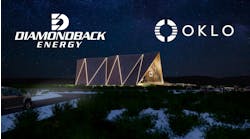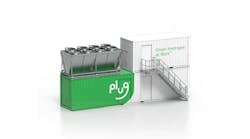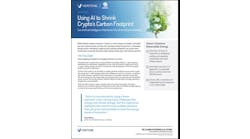Even Rolls-Royce is getting into the onsite energy business, converting its on-highway diesel engines to generator sets.
The company just released new generator sets from MTU Onsite Energy (a division of Rolls-Royce Power Systems) that feature Mercedes-Benz diesel engines.
One of the driving forces behind the move into onsite energy is the demand from energy users to protect themselves from power outages, says Kevin McKinney, senior sales manager at MTU Onsite Energy.
“One of the main trends is the decreased reliability in the US as infrastructure continues to age and investment is not there from utility companies.”
In addition, it’s becoming cost-prohibitive for utilities to build coal plants due to environmental regulations. And utilities are building fewer and fewer power plants.
“There’s less overall grid capacity from the power generation side. As for the grid itself, it’s expensive to build new distribution and transmission lines. Investment is lagging significantly.
“Based on the trends in the market, the response from customers is that they want to install backup generators to be protected. Power lines are old and could lead to outages,” he adds.
What’s more, legal requirements calling for backup power sources boost the market.
“There’s legal requirements where an application would demand generator sets in this size range. These are for a wide range of customers who can’t be without power; backup generators are legally required.”
Those requirements include standards like the National Electric Code and other requirements that come from the National Fire Protection Agency, says a company spokeswoman.
The company chose to offer diesel engines because they’re seen as the best source of fuel during emergencies, says McKinney. “If there’s a natural disaster, there’s a risk of natural gas fuel sources being shut off.” That might happen during an earthquake, for example.
The increased interest in microgrids also influences the company’s decision to release the generator sets, he says.
“It’s one of the reasons for developing this product,” says McKinney.
The engines have a power output range of 80-200 kWe.
“Taking an on-highway engine predominantly used in the Mercedes-Benz Sprinter van, the engineering team at MTU Onsite Energy converted the engine for use in an off-highway power generation application for the first time,” says a company press release.







